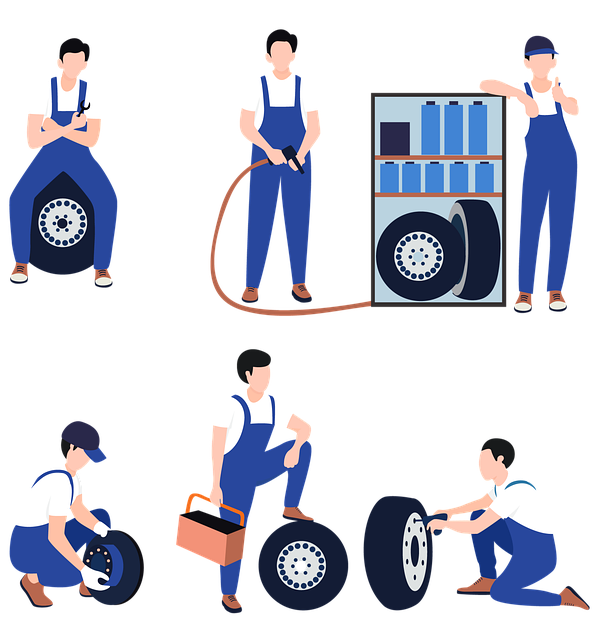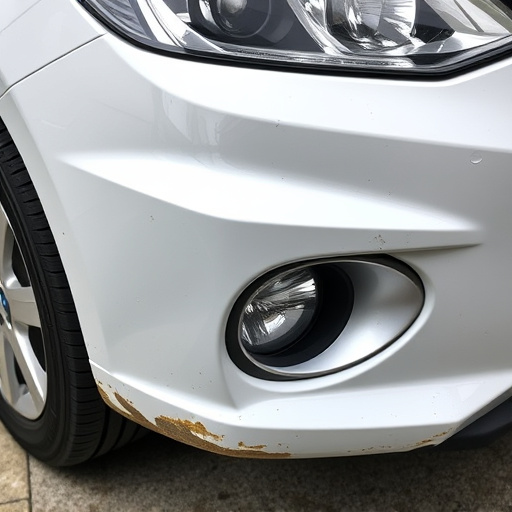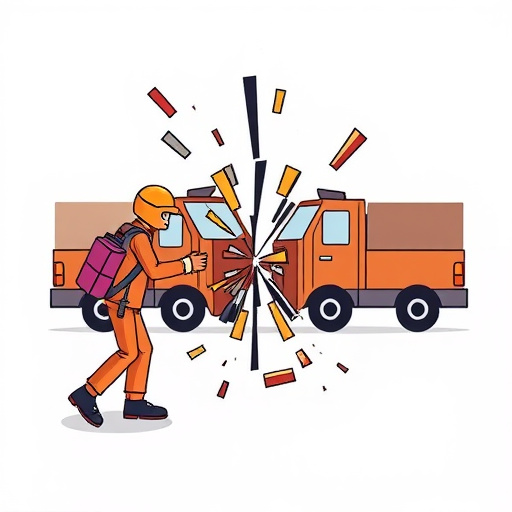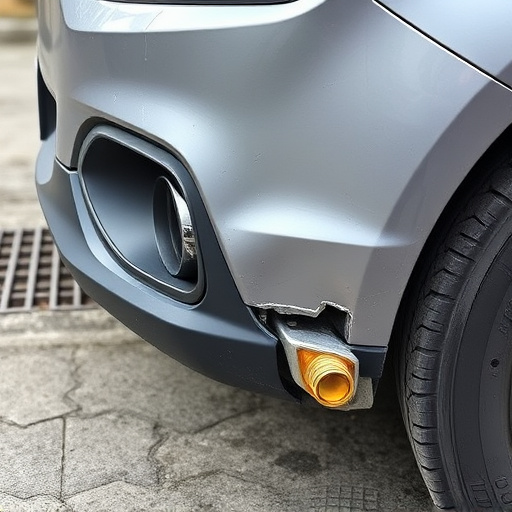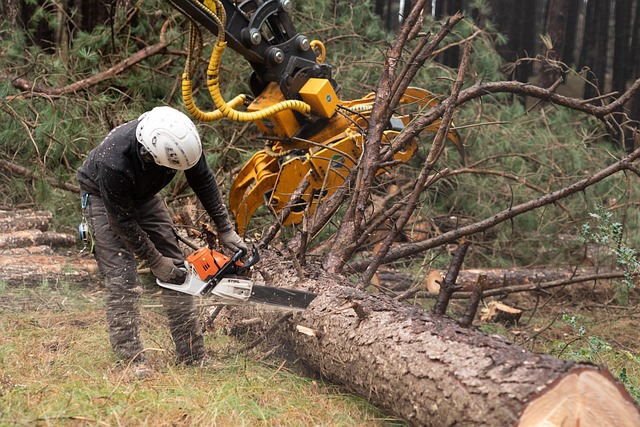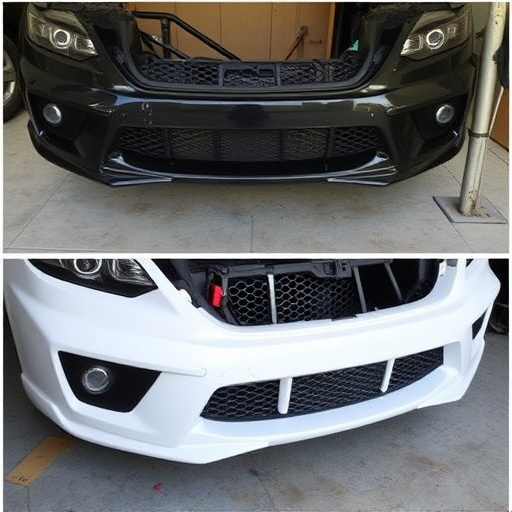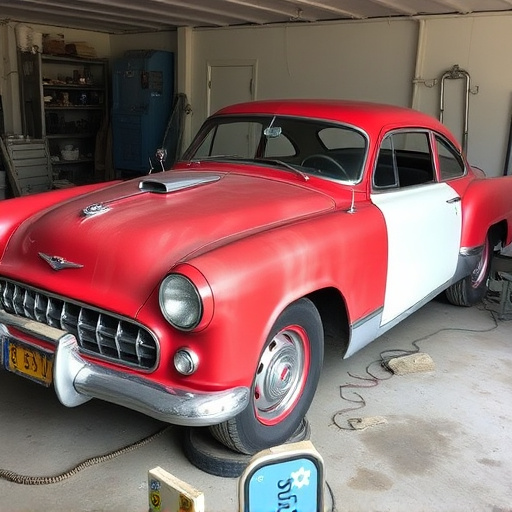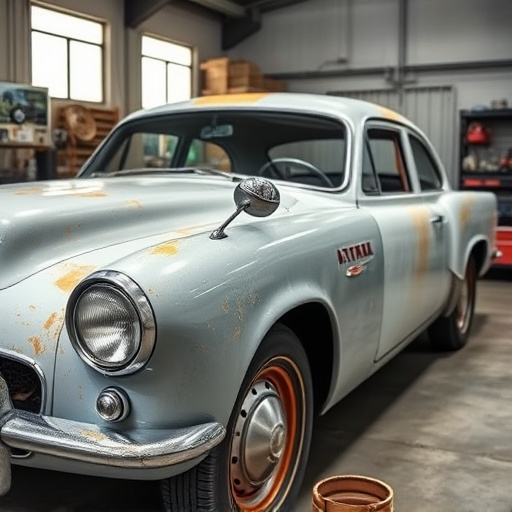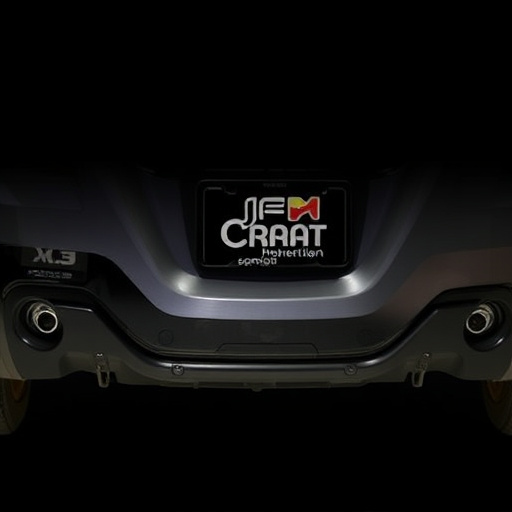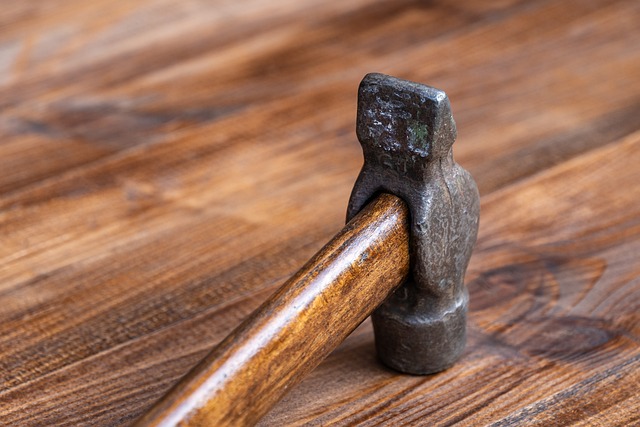Factory-spec restoration is a meticulous process aiming to bring vehicles back to their original manufacturer condition, recreating every detail from paint finishes to interior trim. This high standard is crucial for premium brands like Mercedes-Benz, preserving vehicle integrity and value. Auto shops specializing in factory-spec restoration offer enhanced customer experiences, maintaining classic cars' historical accuracy. They require advanced equipment and skilled technicians to interpret specifications accurately, combining superior looks with optimal performance. Marketing this expertise can position shops as industry leaders, fostering loyalty and repeat business.
In today’s competitive automotive industry, maintaining vehicle authenticity is paramount. Factory-spec restoration, a meticulous process of recreating original specifications, stands as a must for auto shops aiming for excellence. This article delves into the significance of factory-spec restoration, highlighting its benefits and implementation techniques. Understanding this standard ensures vehicles return to their original glory, enhancing customer satisfaction and solidifying shop reputation. By embracing this process, auto shops can offer unparalleled quality, ensuring each restored vehicle is a testament to precision craftsmanship.
- Understanding Factory-Spec Restoration: The Standard of Excellence
- Benefits: Why Auto Shops Should Prioritize This Process
- Implementation: Techniques and Tools for Successful Restoration
Understanding Factory-Spec Restoration: The Standard of Excellence
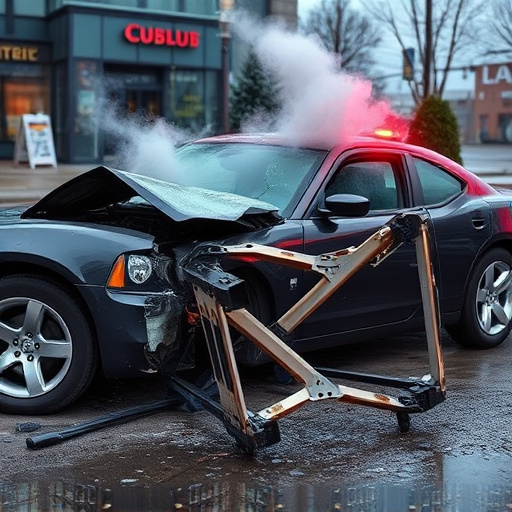
Factory-spec restoration is a meticulous process that aims to restore vehicles to their original manufacturer condition. It involves recreating every detail, from precise panel fitment and alignment to matching paint finishes and interior trim, ensuring the car looks and feels as it did when it rolled off the assembly line. This standard of excellence is crucial in auto repair shops, especially for premium brands like Mercedes-Benz.
In a world where custom modifications are popular, maintaining factory-spec restoration sets a higher bar. It guarantees customers receive high-quality repairs that preserve the vehicle’s original integrity and value. For instance, when addressing car dent repair or even complex vehicle paint repair tasks, achieving factory-spec precision ensures the restored car not only looks good but also retains its resale potential.
Benefits: Why Auto Shops Should Prioritize This Process
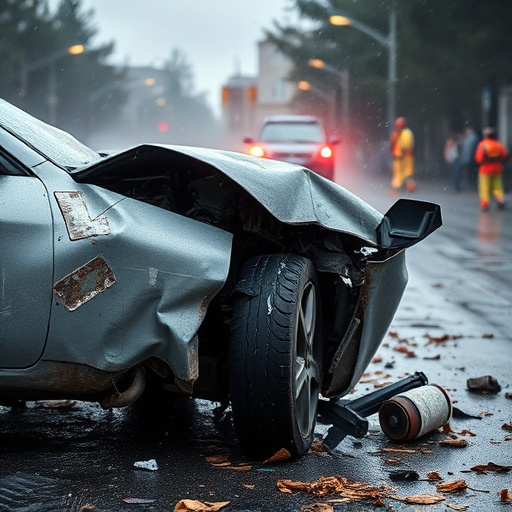
Auto shops that prioritize factory-spec restoration offer numerous benefits to both their business and customers. By adhering to the original manufacturer’s specifications during the restoration process, these shops ensure that each vehicle returns to its optimal condition, capturing its initial aesthetic appeal and performance. This level of precision is crucial for maintaining the integrity of classic or vintage cars, where every detail matters to enthusiasts who value historical accuracy.
Moreover, factory-spec restoration enhances the overall customer experience. It provides clients with peace of mind, knowing their vehicles are in capable hands and will be restored to a standard that matches the original build. This meticulous approach also boosts the shop’s reputation as a specialized, reliable service provider, fostering customer loyalty and encouraging repeat business. Effective marketing strategies can emphasize these benefits, positioning auto shops specializing in factory-spec restoration as leaders in the industry for vehicle bodywork and auto painting services.
Implementation: Techniques and Tools for Successful Restoration
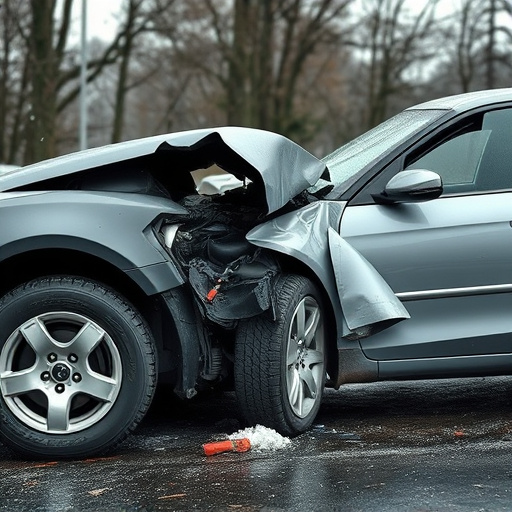
Factory-spec restoration is not merely a cosmetic endeavor; it’s a meticulous process that requires specialized techniques and tools to achieve the precise results original manufacturers intended. Auto shops embarking on this journey must invest in high-quality equipment, from advanced sanders for seamless paintwork to state-of-the-art priming systems ensuring long-lasting adhesion. These tools aren’t just for auto painting; they’re integral to every step of the restoration process, including preparation, sanding, and finishing.
Successful factory-spec restoration goes beyond surface appearances. It involves understanding and recreating the vehicle’s original specifications, down to its finish and color. This requires a deep dive into historical records, meticulous research on specific auto models, and skilled technicians who can interpret these findings into practical actions. By combining these methods with expert auto maintenance practices, auto shops can deliver vehicles that not only look factory-new but also perform as such on the road.
Factory-spec restoration is not just a trend; it’s a commitment to automotive excellence. By adhering to these standards, auto shops can elevate their work, ensure customer satisfaction, and maintain their reputation as industry leaders. Investing in the right techniques and tools, as outlined in this guide, is the first step towards achieving and maintaining factory-spec restoration quality, ensuring every vehicle leaves the shop looking and performing its best.
